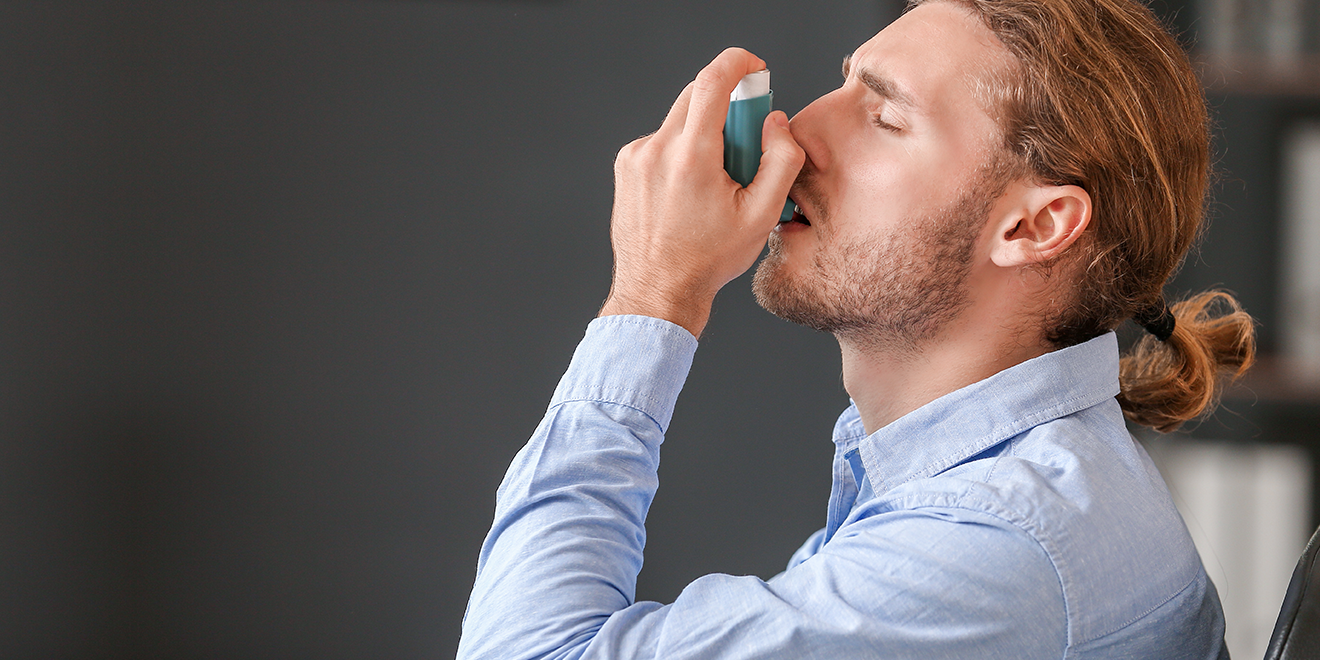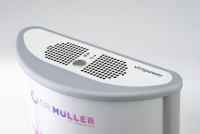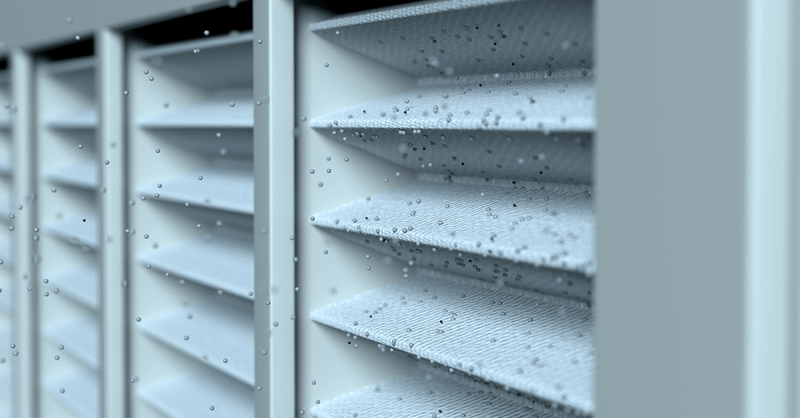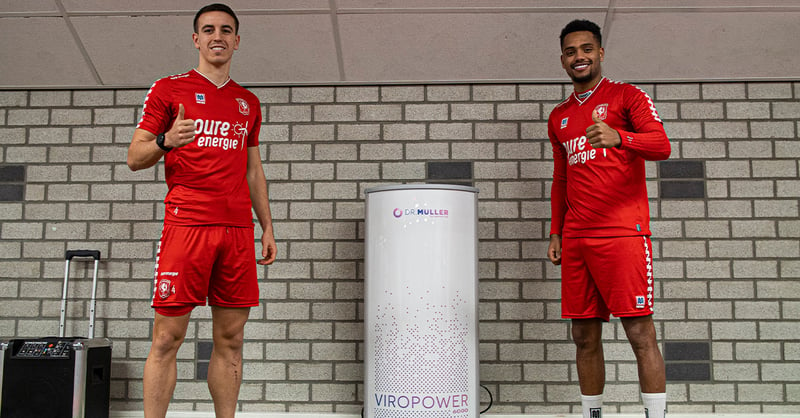Here’s how HEPA filters work
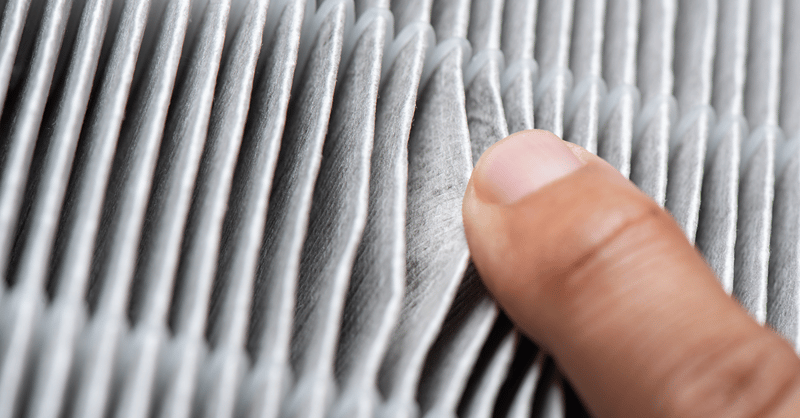
If you’ve been planning on investing in a HEPA filter, you’re probably curious to find out how it actually works. Why wouldn't it be sufficient to open a window every now and then? To help you make a better informed decision, we’re here to walk you through how HEPA filters work — in understandable language.
What does HEPA stand for?
HEPA filter is short for High Efficiency Particulate Air filter. This means that a HEPA filter is an air filter of a specific quality. They consist of a pleated mechanical air filter which is thick enough to catch very small particles.
How does it filter?
The pleats in a HEPA filter make a mat of fibers. These fibers are randomly arranged and dense, so they can catch whatever goes through it.
How big do those particles need to be for the filter to catch them?
HEPA filters have an efficiency of 99.97% — 99.99% of filtering airborne particles that are equal to or larger than 0.3 microns in size. 0.3 microns is the hardest particle size to capture.
Particles that are 0.3 to 0.9 micron big are tiny, but that’s why they are such a threat to our health. They are small enough to be breathed in and pass our breathing passages, but are too big to be exhaled easily. These are particles such as textile dust, pet dander, dust mites, mold spores and more things you definitely do not want to breathe in.
It’s good to know that those efficiency rates are based on the minimum they can do — the worst performing ones, so to speak. So, they can often do much better than that!

